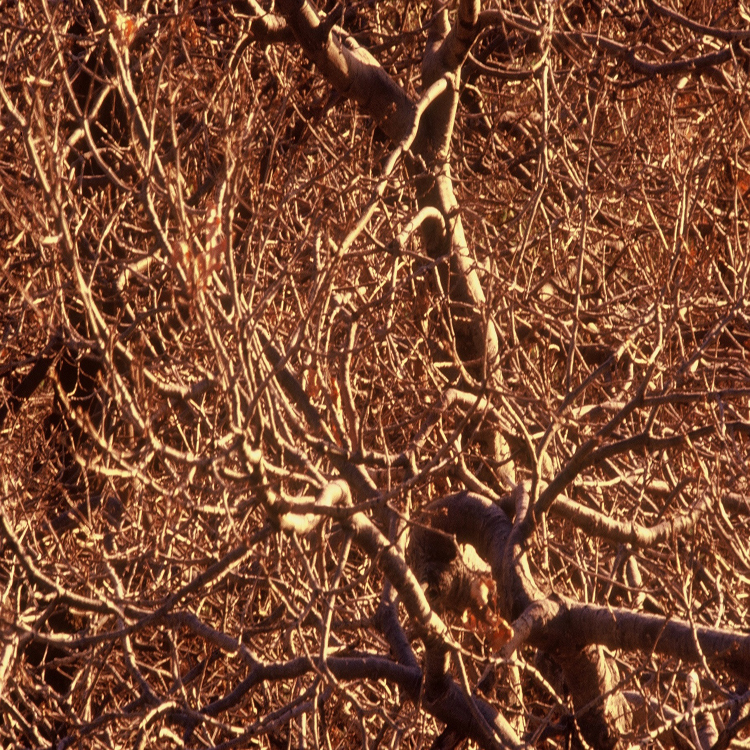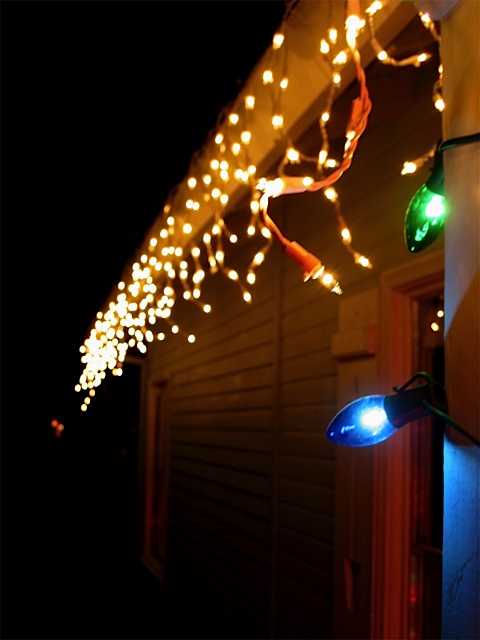 Cold weather has arrived. The leaves have fallen. And frost has clung unmercifully to the branches and trees. So now what? What’s the next step in maintaining a healthy tree and a beautiful yard that sits below it? There are so many different and efficient ways to reuse the fallen limbs right here in Nashville. We’ve got several ideas that can satisfy both your creativity and the urge to “go green.”
Cold weather has arrived. The leaves have fallen. And frost has clung unmercifully to the branches and trees. So now what? What’s the next step in maintaining a healthy tree and a beautiful yard that sits below it? There are so many different and efficient ways to reuse the fallen limbs right here in Nashville. We’ve got several ideas that can satisfy both your creativity and the urge to “go green.”
Crafts – The ideas are endless! Gather fallen limbs and use them for family craft time. Consider making picture frames, Christmas ornaments, flower vases or children’s toys. This is a great way to bring the outdoors inside when the weather is just too cold.
Pick-up – Nashville -Davidson County will collect all your brush and leaves. Look for when your zone is due for a pickup and plan accordingly. From brush to leaves to grass clippings, Public Works will pick it up. Please note that as of 2011, yard waste is banned from your solid waste collection and it cannot be put in with your household trash.
Drop-off – If the pick up dates don’t work for you, Nashville has recycling providers where you can drop off all the fallen limps. Both Bordeux Mulch Facility and Alternative Energy, LLC provide drop off services and accepts materials such as limbs, brush, leaves, non-commercial grass clippings and untreated wood. You can contact Bordeu Mulch Facility at (615) 862-8640. You may also contact Alternative Energy, LLC at (615) 255-8287.
Other ideas – You can always use fallen limbs and other materials for composting and mulching purposes. Use fallen limbs as
firewood or take it a step further and host a bonfire!
All these are great ways are sure-fire way to reuse all those fallen limbs and other materials in your yard. But before you risk injury to yourself, be sure a professional help is not needed. The Parke Company will assist you in discarding any limbs that may be too heavy or big. For any questions or assistance in moving all your brush, please visit www.treeserviceofnashville.com.

 Nashville’s eclectic. It’s culture presence, it’s people and of course, it’s climate. One day Nashvillians can be enjoying a warm, beautiful day at Percy Warner Park and the next bundled up in front of a fire watching the snowfall.
Nashville’s eclectic. It’s culture presence, it’s people and of course, it’s climate. One day Nashvillians can be enjoying a warm, beautiful day at Percy Warner Park and the next bundled up in front of a fire watching the snowfall. We have specialty doctors for every possible illness and bodily function: podiatrists, dentists, internists, cardiologists, oncologists. We have specialty veterinarians for our precious pets: equine, avian, canine, feline. And yes, we even have tree doctors, and you can find them right here in Middle Tennessee.
We have specialty doctors for every possible illness and bodily function: podiatrists, dentists, internists, cardiologists, oncologists. We have specialty veterinarians for our precious pets: equine, avian, canine, feline. And yes, we even have tree doctors, and you can find them right here in Middle Tennessee. Your Christmas gifts to the children? Toys and games. Your gift to Santa? Milk and cookies. Your gift to the neighbors? A festive yard, tastefully decorated for the holidays.
Your Christmas gifts to the children? Toys and games. Your gift to Santa? Milk and cookies. Your gift to the neighbors? A festive yard, tastefully decorated for the holidays. Little known scientific fact: cats get stuck in trees because their claws are perfectly shaped for climbing up but not so well designed for climbing down. Of course, we can’t read their minds, so we don’t know if Kitty’s precarious situation at the top of that maple is thanks to claw design or fear.
Little known scientific fact: cats get stuck in trees because their claws are perfectly shaped for climbing up but not so well designed for climbing down. Of course, we can’t read their minds, so we don’t know if Kitty’s precarious situation at the top of that maple is thanks to claw design or fear.